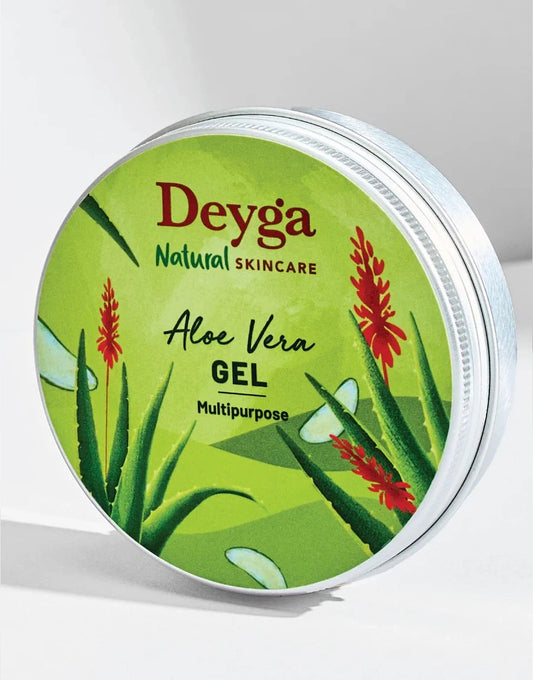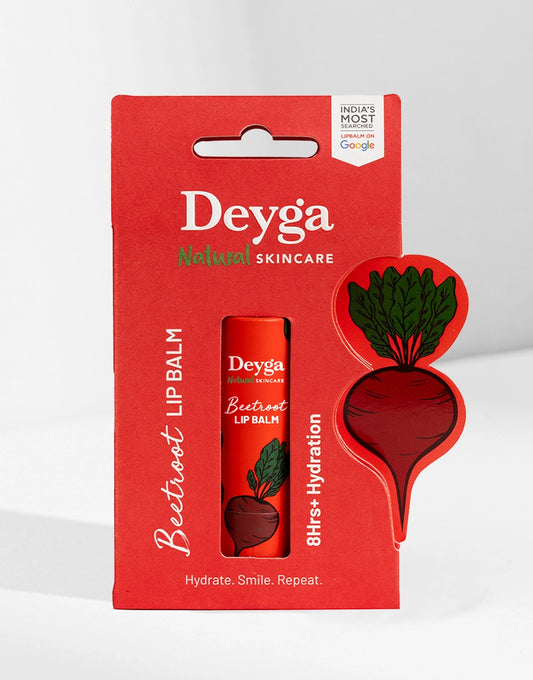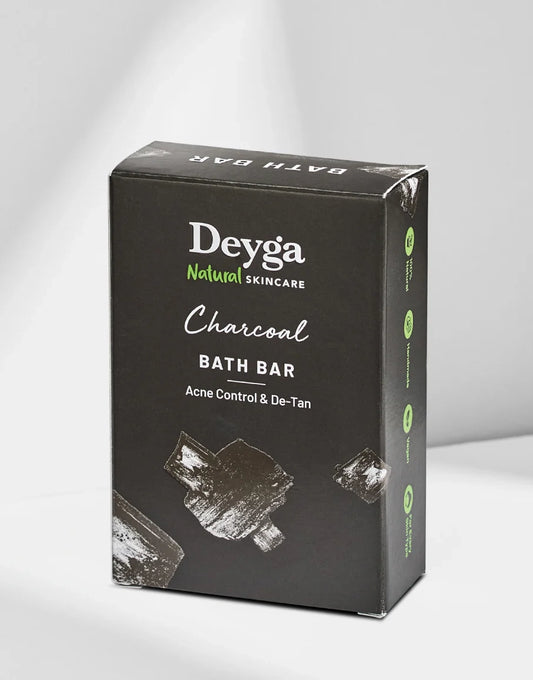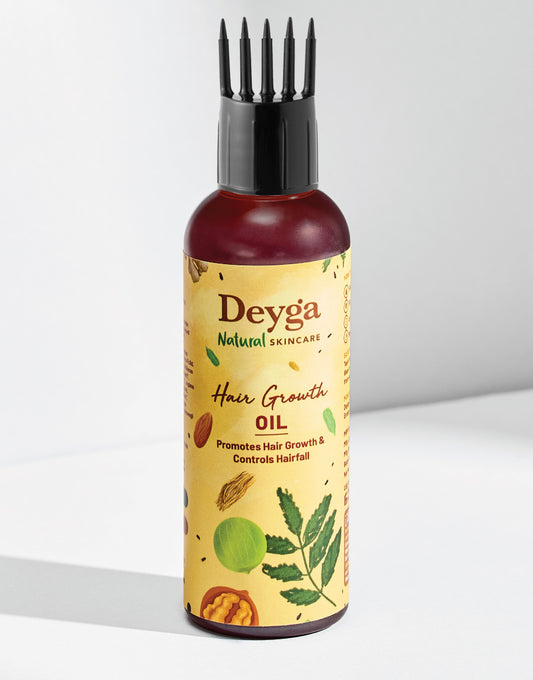Confused which one suits you and which is perfect for your everyday usage? The confusion arises between physical vs chemical sunscreen. Sunscreen refers to different terms like “Mineral Sunscreen”, “Chemical Sunscreen”, “Broad Spectrum”, “SPF Sunscreen”, and more.
In this guide, you will get to know about the nook and corner of sunscreen in detail. From their pros and cons to choosing the right sunscreen for your sunscreen, you will find all under one roof here!
Physical Sunscreen
Physical sunscreen, which is also called mineral-sunscreen, contains minerals like titanium di-oxide, zinc oxide as their main focus ingredient. They work in a way, where they sit on the skin surface and work as a protective barrier; They reflect and scatter the rays away from the skin.

How Physical Sunscreen Works
-
Works as a physical shield and helps in blocking UVA and UVS rays.
-
Titanium dioxide and Zinc Oxide are key ingredients in mineral fillers.
-
Gives immediate Protection, no waiting time needed.
Benefits of Physical Sunscreen
-
Gentle on all skin types; Suits even sensitive and reactive skin.
-
Rarely causes irritation.
-
Safe since they lack chemicals which leads to coral bleaching.
-
Provides protection against UVA and UVB rays
Drawbacks of Physical Sunscreen
-
Texture and White Cast: Can feel thicker, leave a white residue, and be harder to blend, especially on darker skin tones .

-
Less Water-Resistant: May require more frequent reapplication during swimming or sweating .
-
Cosmetic Elegance: Older formulations were often chalky, but newer options like tinted micronized versions improve blendability .
Chemical Sunscreen
Chemical sunscreens are generally made of compounds like Avobenzone, Oxybenzone, and Octocrylene as their main focussed ingredients. They generally get into the skin, where they absorb the radiation and convert into heat.

How Chemical Sunscreen Works
-
Penetrates into the skin and releases into heat from body.
-
Have components like Avobenzene, Oxybenzene, and Octinoxale.
-
Waiting time is required. Wait for 10 - 20mins post application before stepping out.
Benefits of Chemical Sunscreen
-
Lighter in texture, which absorbs quickly and give zero to no whitecast.
-
Perfect for everyday uses.
-
Suits darker skin tones.
-
Suits water babies, like people involved in sports and swimming.
Drawbacks of Chemical Sunscreen
-
People with sensitive skin face skin irritation and redness.

-
Some chemicals may be absorbed into the bloodstream.
-
Ingredients like Oxybenzone and Octinoxate will cause environmental damages.
Physical Sunscreen vs Chemical Sunscreen : Key Difference
To make an informed choice, it's essential to understand how these sunscreens compare across critical factors. Here’s a breakdown:
|
Factor |
Physical Sunscreen |
Chemical Sunscreen |
|
Active Ingredients |
Zinc oxide, titanium dioxide |
Avobenzone, oxybenzone, octinoxate, etc. |
|
Mechanism of Action |
Sits on skin, blocks/scatters UV rays |
Absorbs into skin, converts UV to heat |
|
Protection Onset |
Immediate |
Takes ~20 minutes to activate |
|
Skin Feel |
Thicker, may leave white cast |
Lightweight, blends invisibly |
|
Ideal For |
Sensitive, acne-prone, reactive skin |
Daily wear, darker skin tones, water activities |
|
Photostability |
Highly stable |
May degrade faster; requires stabilizers |
|
Environmental Impact |
Generally reef-safe |
Some chemicals harm coral reefs |
Additional Considerations:
-
Both sunscreens provide an essential dose of broad-spectrum. If it’s SPF 30, they block 97% of UVB rays; If it's SPF 50, they block around 98%.
-
Take the required amount and apply all over your face and neck. Two fingers will be sufficient. Also don’t miss applying on your body.
Sunscreen for Every Skin Type
Your choice depends on your skin type, lifestyle, and concerns. Here’s how to decide:
For Sensitive or Reactive Skin
If you are someone with sensitive skin, choosing physical sunscreen is the best choice. They can be used with minimal to no risk factor. Even kids with rosacea and eczema can use it. You can go with SPF 30 sunscreen, if you stay indoors.
For Darker Skin Tones
For dark skin tone, chemical sunscreens are a better choice, since they do not cause any white case. You can even go with tinted versions for better coverage.
For Acne-Prone Skin
For acne-prone skin, physical sunscreens are the best option since they do not clog pores and at the same time no breakouts.
For Sports or Water Activities
Chemical sunscreens are a better choice since they offer better protection when used in water.
For Daily Use Under Makeup
Chemical sunscreens are lighter in texture and tend to work well in the skin. They are considered as a smooth base under makeup. Choose SPF 50 sunscreen, the best choice for protecting skin.
How to Apply Sunscreen for Maximum Protection?

-
Take a required amount like 2 finger-rule, and apply all over your skin and neck
-
If you are using physical sunscreen, you can step out immediately; But if you are using chemical sunscreens, make sure to apply them 20 - 30mins prior before stepping out.
-
Reapply every 2 to 3 hours if you are swimming or sweating.
-
Cover all areas like ears, neck, hands, and feet.
-
Use hats, shades, and proper clothing for comprehensive protection.
Conclusion:
No matter if your sunscreen for the face is physical or chemical, using them correctly helps in protecting skin from cancer and even harsh damages.
Using them consistently every day helps in showing visible changes in your skin. Not just by sunscreen application, never miss wearing caps and skin-friendly clothing.
FAQs: Physical vs Chemical Sunscreen
What is the difference between physical and chemical sunscreens?
Physical sunscreen stays on top of the skin, while chemical sunscreens get into your skin and then released.
Which sunscreen is better for sensitive skin?
Physical sunscreens are better options since they cause less to no irritation.
Can I use chemical sunscreen under makeup?
Yes, chemical sunscreens are lighter and absorb well into the skin; So, they sit well on the skin and work as a nice base for makeup.
How often should I reapply sunscreen?
If you are indoors, once in a day is okay; But when you are out, reapplying every 2 to 3hrs is mandatory.
Are there any sunscreens that combine both physical and chemical filters?
Yes, hybrid sunscreens are a combination of mineral and chemical fillers. They are light in weight and have less white cast.
What does "broad-spectrum" mean in sunscreen labels?
Broad spectrum means the level of protection it gives into the skin.
Can sunscreen prevent tanning?
They do not prevent skin tan, but can reduce to an extent by blocking the rays.
Are there any natural or organic sunscreen options available?
Yes, there are products which are natural and organic. Their sunscreens do not have zinc oxide and titanium oxide.
How do I choose the right SPF for my skin type?
If you are indoors, go with SPF 30; But if you are swimming or will have to be under sun, then go with SPF 50.
 Track My Order
Track My Order












